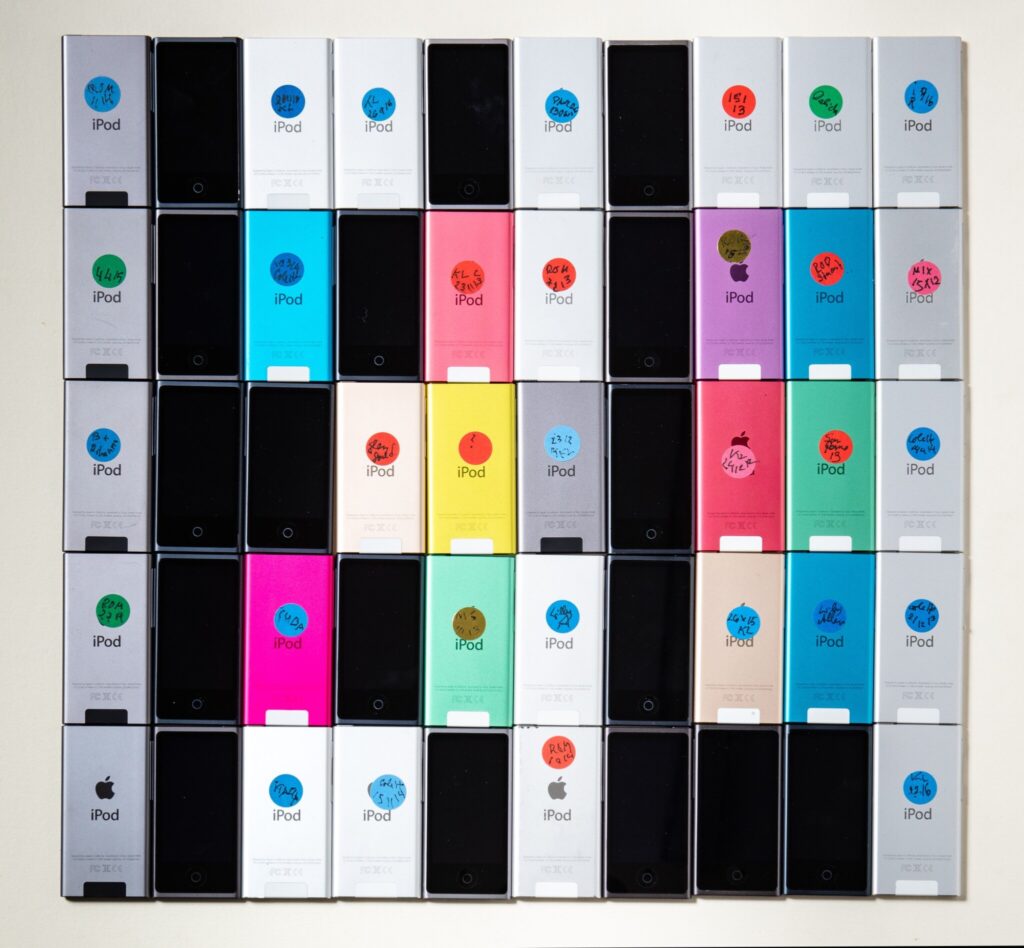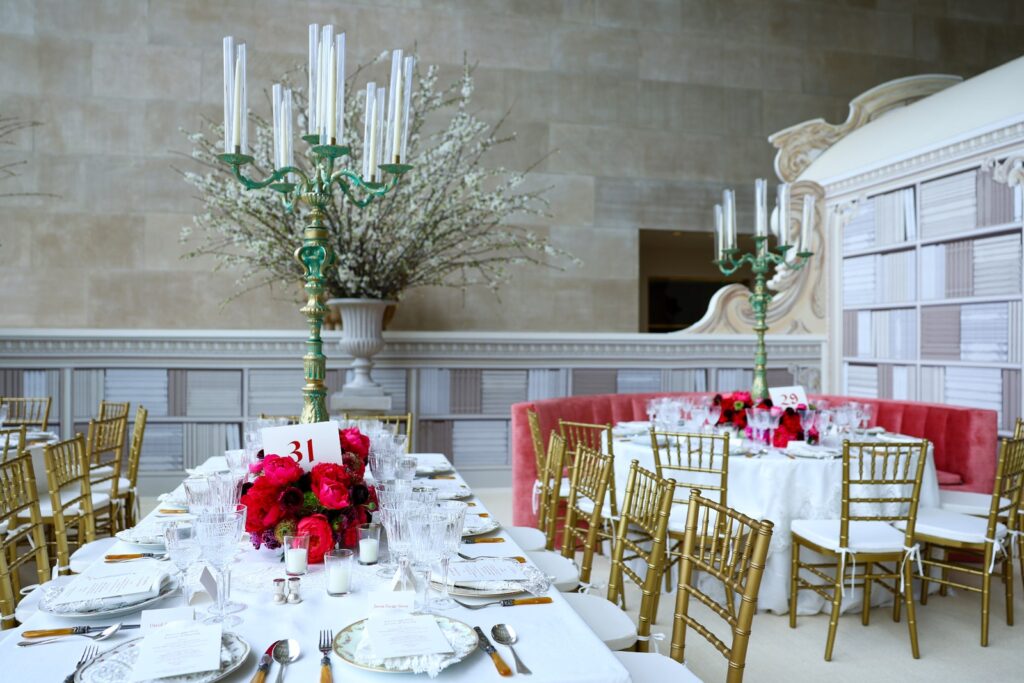
It wasn’t surprising to hear claims that The Met Costume Institute Gala ripped off Willie Cole’s artwork by making chandeliers out of plastic water bottles. What was surprising was that the thief was Tadao Ando.
Ando is credited as the exhibition designer for “Karl Lagerfeld: A Line of Beauty.” He was tapped because he and Lagerfeld collaborated in the 1990s. [He designed a studio in Biarritz which Lagerfeld didn’t build, but Lagerfeld published a book of his own photos of an Ando building a couple of years later.] But Ando apparently had a hand in designing the party, too? Let’s take a look at that.
Before the plagiarism claim overtook it, the Lagerfeld gala/show design was the subject of critical coverage in Condé Nast publications as Architectural Digest [“Karl Lagerfeld Met Exhibition: Take A First Look At The Design”], Vogue [“This Futuristic Centerpiece Greeted Guests At The 2023 Met Gala”], and Architectural Digest [“Inside The Met Gala: How Karl Lagerfeld’s Vision Was Brought Back To Life”].

The way the theme of the show was spun out of a video of Karl sketching that was shown at his memorial service, and a treatise from Hogarth comparing curved and straight lines, and then the Aquafresh carpet for the gala apparently was printed straight from this straight/curved line doodle Ando made for the exhibition, makes me wonder if they literally got any other deliverables from Ando at all? Are we even sure that meandering red line wasn’t the walkthrough path for whatever was in the galleries beforehand? The mind reels.

The mind reels, but the Met construction team abides. The A/D teaser article does indeed show spaces and vitrines made of a mix of curved and straight walls. “I always wanted people to walk in and feel like they were in a Tadao Ando space, but also a mausoleum to Karl,” curator Andrew Bolton actually said.

The circle in Ando’s drawing, titled The Ellipse in the image file name, appears to be lined with iPhones, an update of one of Lagerfeld’s most self-defeatingly stupid examples of excess: the way he’d buy 80 iPods to hold his music collection. [Sotheby’s auctioned several generations of Karl’s non-functional iPods last year, with the custom Vuitton cases sold separately, I guess.]

In addition to the carpet “concept,” Ando is credited in Vogue with “the concept” for hiding the Met’s information desk by wrapping it in the giant, backlit cylinder of plastic water bottles. The execution for both, though, is by longtime Met Gala designer Juan Avila. Can you not see how Avila, given the absolute barest minimum to work with, decided to take the carpet and bottle thing out to the street?

And from there, the idea of bottle chandeliers is a no-brainer, a riff on Lagerfeld’s own told-to-death story of his mother giving him a copy of a painting of Frederick the Great’s palace, whose chandelier became the guiding light in his relentless luxury-chasing life. It’s entirely possible, even likely, that Cole’s work came up in the process of building disposable chandeliers for this weirdo’s mausoleum.

Anyway, the bottles. In 2006, Tadao Ando made a glowing wall of Tynant water bottles for the under-the-High Line sushi restaurant Morimoto. It’s right there under the ceiling that looks like a party tent, and I would not be at all surprised if Avila didn’t have to come up with this himself and give Ando credit for the concept.

What’s wildest of all is how these Ando concepts sit like an oil slick amidst the rest of the Met Gala design elements, with the entry tent chandeliers being the only real crossover.

The trompe l’oeil backdrops theater designer Derek McLane put out on the steps were just an hors d’oeurve. The entire Temple of Dendur was reskinned in 18th century French bibliothèque de Lagerfeld. [Actually, as A/D notes, Lagerfeld would have stacked his books horizontally.] This whole thing is so hilariously shallow.
